Humidity in the bearded dragon tank can be lowered by:
- Moving the water dish
- Changing the water dish
- Considering a dehumidifier
Additionally, the following methods can also be used to lower humidity levels:
- Changing the substrate
- Increasing ventilation
- Reducing misting
- Using rice to absorb excess moisture
- Removing sources of additional moisture
All of these steps should be taken with caution as too low humidity can lead to dehydration or difficulty shedding while too high humidity can cause bacterial/fungal growth and respiratory problems.
Move the Water Dish
The placement and size of water dishes should be monitored in order to maintain appropriate humidity levels in the enclosure.
Bearded dragons need a certain level of humidity, typically between 30% and 40%. If the humidity is too high, it can lead to health issues such as respiratory infections, bacterial or fungal growth, and skin problems.
The placement of the water dish can have a significant impact on the overall humidity levels in an enclosure. It is important to ensure that the water dish is placed away from direct heat sources such as lamps or basking areas.
The size of the water dish should also be taken into consideration; larger dishes provide more moisture which increases the overall humidity levels in an enclosure. Additionally, mesh lids are preferred over glass or plastic lids for better airflow.
Rice can also be used to absorb excess moisture from the air and reduce humidity if necessary.
Change the Water Dish
Adjusting the size and positioning of the water dish can effectively influence the humidity levels in a reptile enclosure. For bearded dragons, it is important to keep the humidity at 30-40%, as anything higher or lower can cause potential health risks.
Having a large water dish may increase humidity levels while having too small of a water dish will not provide enough moisture for shedding, drinking, and egg laying. Additionally, placing the water dish in cooler areas of the tank can help reduce humidity levels.
The placement of the water bowl must also be taken into consideration when attempting to control humidity levels.
The ideal location for a bearded dragon’s water bowl is on one side of its enclosure with access from both sides, so that it does not become an obstacle when trying to regulate temperatures.
Furthermore, using mesh lids instead of glass or plastic ones allows for better ventilation and airflow within the enclosure which helps keep the air dryer.
By following these tips, it is possible to maintain optimal humidity levels for bearded dragons without risking their health and well-being.
| Benefits | Drawbacks |
|---|---|
| Large Water Dish: Provides enough moisture for shedding/drinking/egg laying | Increase Humidity Levels |
| Small Water Dish: Reduce Humidity Levels | Not Enough Moisture |
| Mesh Lids: Better Ventilation & Airflow Keep Air Dryer | Costly & Hard To Find |
| Cool Areas: Reduce Humidity Levels | Can Be Too Cold For Dragon |
Consider a Dehumidifier
By employing a dehumidifier, it is possible to effectively reduce the moisture levels in a reptile enclosure. Dehumidifiers work by removing water vapor from the air, thus decreasing the relative humidity of the environment.
This process can be used to lower humidity levels to an optimal level for desert reptiles such as bearded dragons.
There are several steps one should take when using a dehumidifier:
- Place the unit near or inside the tank, but not too close to any heat lamps or other sources of heat.
- Ensure that the unit is well-ventilated and away from direct sunlight or drafts.
- Monitor humidity levels regularly with two hygrometers placed on opposite sides of the tank and adjust settings accordingly until the desired humidity level is achieved (ideal for adult bearded dragons is 30-40%).
- Clean and maintain regularly according to the manufacturer’s instructions in order to ensure the efficient operation of your dehumidifier over time.
Using a dehumidifier can help create an ideal environment for desert reptiles such as bearded dragons by allowing you to maintain low enough relative humidity levels while still providing adequate ventilation and preventing mold growth or bacterial infections due to excessive moisture buildup in their habitat.
Change the Substrate
The type of substrate used in a reptile enclosure can play an important role in maintaining desired levels of humidity.
Substrate absorbs moisture and therefore increases relative humidity levels, so it is important to use the right type of substrate for bearded dragons.
Loose substrates such as sand or soil should be avoided because they hold more moisture and can lead to excessively high humidity levels.
Substrates that are absorbent but also allow airflows, such as newspaper or paper towels, should be used instead.
| Substrate | Pros | Cons |
|---|---|---|
| Paper Towels/Newspaper | Absorbent. Low cost. Easy to clean up messes. | Not aesthetically pleasing. Not natural for bearded dragons. |
| Reptile Carpet/Tiles | Easy to clean. Non-toxic. Aesthetically pleasing. | May cause impaction if ingested. Needs frequent cleaning and replacement due to wear and tear. |
| Coconut Husk Bedding | All natural material Absorbent, non-toxic Decomposes over time which reduces waste buildup. |
Overall, it is best to select an absorbent substrate that allows airflow while preventing excessive moisture buildups within the tank, such as newspaper or paper towels, carpets/tiles, or coconut husk bedding depending on budget and preferences.
This will help keep relative humidity at optimal levels for healthy bearded dragon growth and development while avoiding any potential health risks associated with too much or too little humidity in their environment
Increase Ventilation
Fresh air exchange is essential for maintaining the desired moisture level in a reptile habitat, and thus increasing ventilation can be an effective way to regulate humidity.
Bearded dragons require humidity levels between 30-40% for optimal health, so when higher humidity levels are present it’s important to combat this with increased ventilation.
By adding more air holes in the tank, as well as using mesh lids instead of glass or plastic ones, there will be better airflow which can help reduce excess moisture.
Additionally, having fans running inside the tank can improve circulation and lower humidity levels.
It’s important to note that too much ventilation can also have negative effects on bearded dragons.
Too little warmth from their basking light combined with excessive airflow may cause issues such as dehydration or respiratory infections.
Therefore, it’s best to find a balance between temperature and ventilation for optimal results.
Reduce Misting
Misting can be a beneficial practice for some reptile species, however, when it comes to maintaining proper humidity levels in a bearded dragon’s habitat, reducing misting is an important factor to consider.
It is important to keep the humidity level at 30-40% for adult bearded dragons; anything above 50-60% can lead to respiratory infections, and bacterial and fungal growth.
To reduce misting and lower the humidity level in the tank:
- Increase airflow in the tank and room by using an air screen or mesh lid instead of plastic lids or glass.
- Turn on air conditioning or use a dehumidifier if possible.
- Remove any water dishes from the tank as well as live plants that could contribute to moisture retention in the environment.
- If the loose substrate is used, replace it with newspaper or carpet tiles which will absorb less moisture from the environment.
Bearded dragons need enough moisture to lay eggs but not too much which creates high levels of humidity, which can cause health problems such as dehydration, respiratory issues, and difficulty shedding their skin properly.
Taking precautions like monitoring humidity levels regularly with hygrometers placed on both sides of the tank and adjusting practices accordingly will ensure your pet has a dry and healthy home environment where they can thrive!
Use Rice
Rice can be used to absorb excess moisture from the air, aiding in maintaining optimal humidity levels for a reptile’s habitat.
Rice is an effective and inexpensive tool for reducing humidity in a bearded dragon tank as it absorbs water vapor from the air, helping to keep humidity levels within a healthy range.
To use rice as a dehumidifier, simply place dry uncooked white or brown rice into shallow dishes or small containers and spread them around the tank.
The dishes should not be placed near heat lamps, live plants, or corners of the tank as this could interfere with temperature readings.
Mesh lids are recommended over glass or plastic lids for better airflow.
Rice can help reduce humidity levels in tanks with us bearded dragons and your bearded dragons alike by up to 10%.
When using rice as a dehumidifier, it should be changed out every few days to prevent mold growth and replaced with fresh dry rice when needed.
Adding live plants such as ferns or pothos can also help regulate humidity levels while providing additional enrichment for your bearded dragons.
Remove Sources of Additional Moisture
By eliminating sources of additional moisture, such as live plants and large water dishes, the air within a reptile habitat can be kept dry.
This is important for the health and well-being of bearded dragons, as humidity levels that are too high or too low can lead to numerous health problems.
To lower the humidity in a bearded dragon tank, it is recommended to:
- Decrease misting and increase ventilation in the tank.
- Remove moist substrate materials, such as carpeting or newspapers.
- Place hygrometers on both sides of the tank to ensure accurate readings of humidity levels.
- Turn on an air conditioner or use a dehumidifier if necessary.
- Replace plastic lids with mesh lids that allow for better airflow throughout the tank and the room itself from any vents present in the dwelling space.
Bearded dragons need an environment with moderate humidity levels between 30-40% for optimal health and shedding processes; thus, it is important to address any issues with high humidity levels immediately before they cause more serious health concerns such as respiratory infections, skin problems, blocked femoral pores, non-obstructive dystocia (mating difficulties), kidney issues, urinary tract infections, bacterial/fungal growths, and dehydration due to lack of hydration caused by low humidity levels in their environment.
What is the Ideal Humidity for a Bearded Dragon Tank?
The optimal moisture level for a reptile enclosure housing a bearded species is between the ranges of 30 to 40 percent. This range is suitable for both baby and adult bearded dragons, as they require the same humidity levels.
Humidity levels below or exceeding this range can lead to various health issues such as dehydration, difficulty shedding, skin infections, respiratory problems, and blocked femoral pores.
To ensure that the humidity level in the tank remains within these ranges, it is important to use a hygrometer to track and monitor it regularly. The hygrometer should be placed on both sides of the tank away from heat lamps and live plants for accurate readings.
Factors that influence moisture levels include water dish placement, size of the water dish, misting frequency, substrate type used in the tank, and ventilation.
To lower humidity levels in a bearded dragon tank mesh lids are more suitable than plastic or glass lids as they allow better airflow into the tank.
Other ways to reduce moisture include using dehumidifiers (if pet-safe), reducing the misting frequency, placing rice on substrate surfaces, and removing any live plants from inside the enclosure.
How to Maintain the Ideal Humidity for a Bearded Dragon Tank?
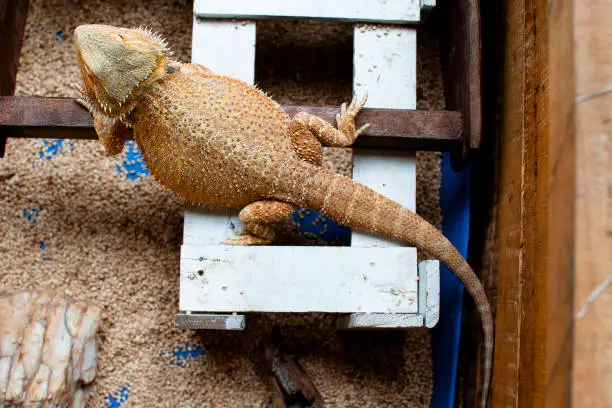
Achieving the optimal humidity levels for a bearded dragon tank requires careful monitoring and adjustment of environmental factors.
Bearded dragons require 30-40% humidity to stay healthy, with anything over 50-60% being too high and leading to respiratory infections and bacterial and fungal growth.
To maintain the ideal humidity in a bearded dragon tank, it is important to use hygrometers on both sides of the enclosure along with appropriate ventilation to ensure that air circulation is not restricted.
Mesh lids can be used instead of glass or plastic lids as they provide better airflow.
Rice can also be used to absorb excess moisture from the air if needed.
The temperature of UVB bulbs may need adjusting at night in order to lower the humidity, or an air conditioner can be used if necessary.
Plants should also be avoided as they tend to increase humidity levels within an enclosure.
The Best Way To Monitor Humidity

Monitoring the environment to keep a safe and healthy living space for your pet is of utmost importance, as humidity levels that are too high or too low can lead to serious health complications.
For bearded dragons, ideal humidity should range between 30-40%. To accurately measure this, a hygrometer is necessary.
Aside from being placed in the tank near both the cool and warm sides, hygrometers should also be placed in other areas of the room where the tank is located.
Digital hygrometers are more accurate than analog ones, so it is best to invest in one that gives an accurate reading.
It is also important to search resources for further information on proper humidity levels for bearded dragons, such as menu home lizards bearded dragons which provides detailed information about their needs and egg-laying requirements.
Conclusion
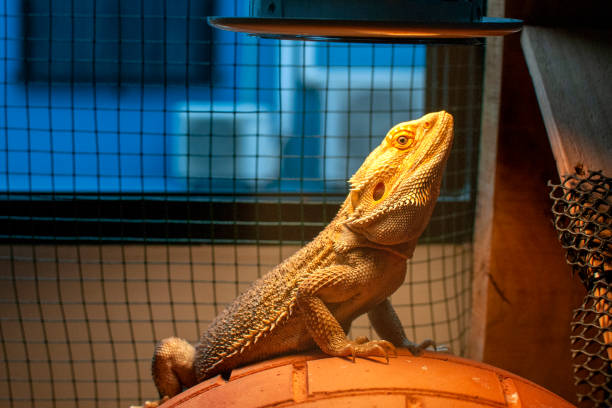
The ideal humidity level for a Bearded Dragon tank is between 30-40%.
It is important to maintain this level in order to ensure your pet’s health and well-being.
In order to lower the humidity in the tank, there are several methods that can be employed, such as using a dehumidifier or adding ventilation.
Additionally, it is important to monitor the humidity levels on a regular basis in order to keep them at optimal levels.
By understanding how to lower humidity and properly maintain it within its ideal range, you will be able to provide your Bearded Dragon with an environment that is conducive to its growth and development.
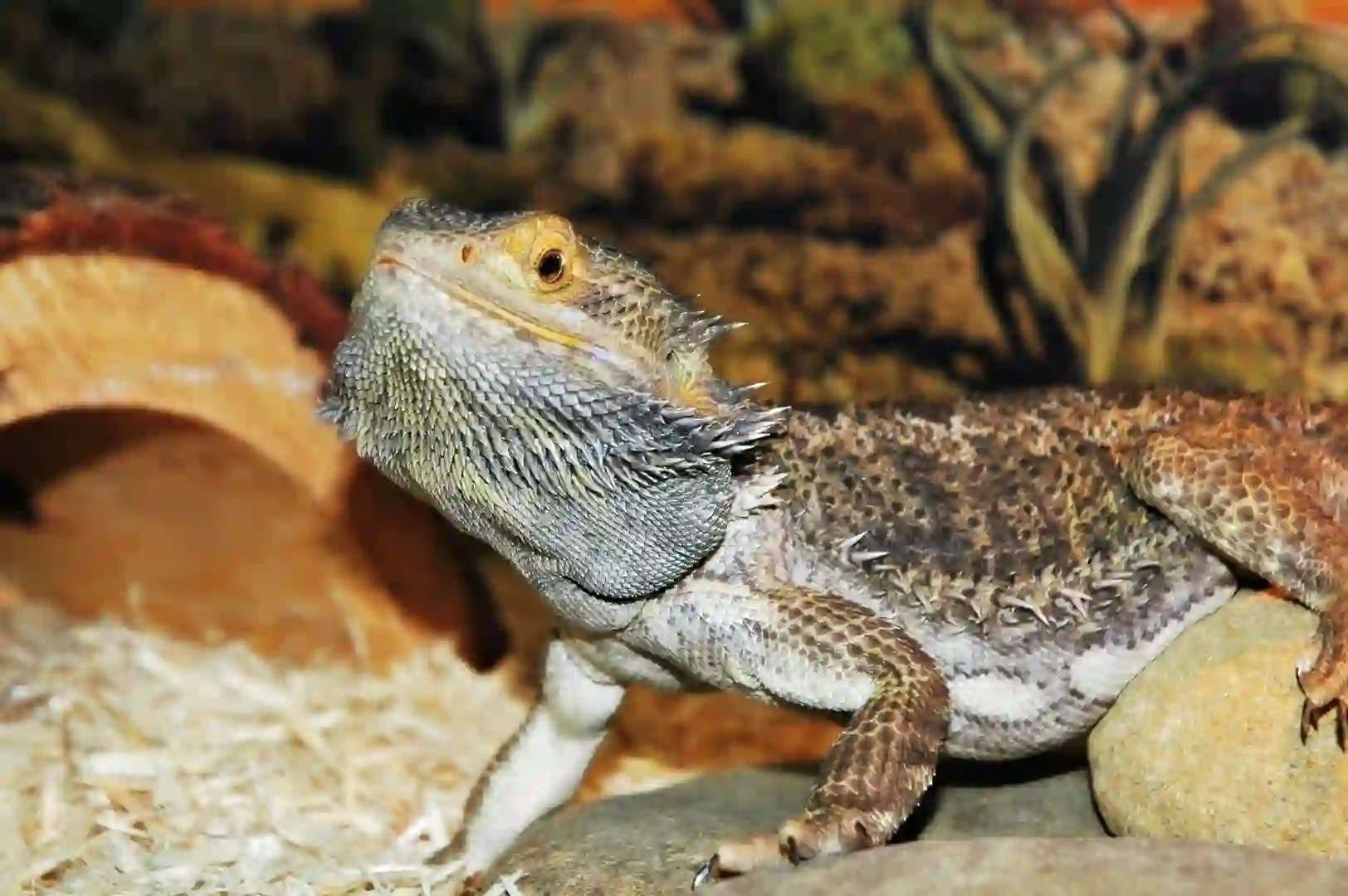
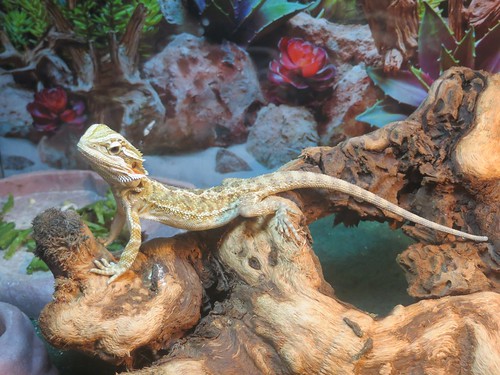
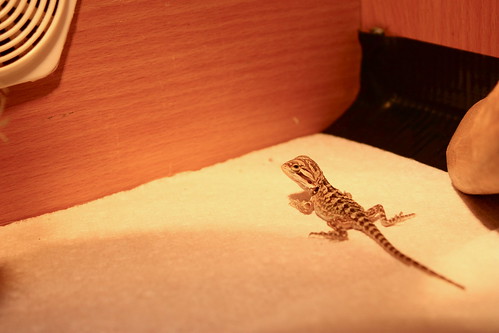
Leave a Reply